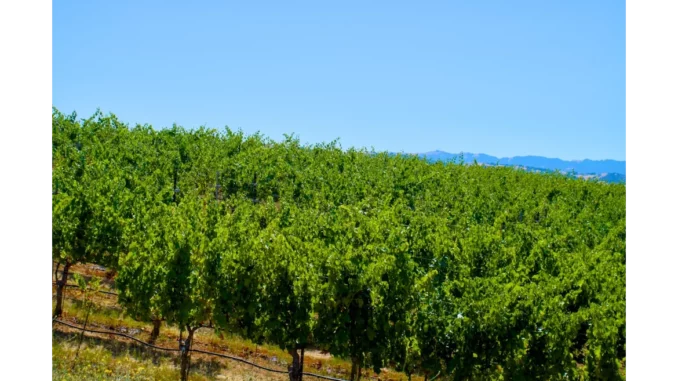
Unveiling the Essence of Fine Wine: A Connoisseur’s Guide
Wine enthusiasts and luxury consumers alike often find themselves pondering a fundamental question: what truly makes a wine ‘fine’? While some critics argue there’s no definitive method to classify a wine as fine, others adhere to rigid systems to form their opinions. Ultimately, whether a wine is considered fine lies in the palate of the sipper. Here at Vint, we aim to illuminate this subjective concept, providing you with the ultimate guide to fine wine.
Defining “Fine Wine”
Each country has its legal requirements for wine labels, yet there remains no universally accepted definition of fine wine. It’s a term often used in marketing to denote high-quality wines typically produced by some of the world’s most esteemed wineries. These wines frequently comprise the highest-grade grapes, cultivated under pristine conditions. The vineyard and region’s reputation also play a critical role in distinguishing fine wines from mass-produced or table wines.
When researching or shopping for fine wine, you might encounter these terms:
Common Criteria for Fine Wine
While the classification of fine wine can be subjective, certain criteria generally help distinguish fine wine from others. Let’s explore these criteria in detail:
1. Quality
The concept of quality in wine is inherently subjective. Not everyone possesses the refined palate of a sommelier, and most people don’t have the expertise to differentiate between the finest wines. However, fine wines are universally recognised for their balance, length, and complexity. These characteristics are often determined by wine critics who rate wines based on these parameters.
2. Winemaker’s Reputation
The estate or winemaker’s reputation is paramount in fine wine production. An estate with a long-standing record of producing exceptional wines is often revered. However, it’s worth noting that new wineries, particularly in New World wine regions, are also making a mark by producing fine wines. As wine expert Jane Anson aptly puts it, “The reputation of a winemaker can significantly influence the perceived quality of a wine.”
3. Region
Traditionally, Old World wine regions like France, Italy, and Spain have dominated the fine wine industry. But in recent decades, New World wines from regions such as Napa Valley and Australia have been gaining acclaim. Fine wines often come from small, well-defined grape sources, contributing to their quality. Renowned wine critic Robert Parker highlights that “the terroir and climate of a wine region play a crucial role in the wine’s character and quality.”
4. Impact of Aging
Fine wines improve with age, unlike mass-produced wines that don’t age well in the bottle. Fine wines are usually aged in wood before bottling, enhancing their flavours and complexity over time. The aging process allows the wine to develop a depth of flavour and a bouquet that is both intricate and harmonious.
5. Rarity and Cost
Fine wines are known for their rarity. High-quality materials, craftsmanship, and the winemaker’s reputation limit production to thousands, sometimes hundreds, of bottles. This rarity, coupled with the cost of production, makes fine wines more expensive. It’s rare to find fine wines priced under €15. As wine investment expert, Michael Broadbent notes, “The rarity and exclusivity of fine wines make them highly sought after by collectors and investors alike.”
6. Fine Wine Corks and Bottles
Fine wines are typically sold in amber or green bottles to protect them from light during storage. The bottle’s shape depends on the wine type and region, and most fine wines come with either synthetic or natural cork. This attention to detail in packaging ensures that the wine maintains its quality and flavour over time.
7. Fine Wine Storing and Aging
Fine wines benefit from aging under controlled humidity and temperature, typically flourishing over time. Store your fine wines in a climate-controlled location with 60% to 65% humidity and 13 degrees Celsius. Protect your wine from vibration and light, and serve it at the recommended temperature to enjoy its full aroma and flavour potential. Wine storage expert, Sarah Kemp, advises, “Proper storage conditions are essential to preserve the integrity and enhance the aging potential of fine wines.”
The Journey to Fine Wine
Determining whether a wine is fine ultimately comes down to subjective opinion. However, every fine wine excels in quality, age-worthiness, scarcity, and other characteristics. Consider the information and advice above as you seek more knowledge about fine wine. If you’re looking to invest in fine wines, wine stores like Dis&Dis can simplify the process and help you build wealth through your wine collection. Cheers to your fine wine journey!


Be the first to comment